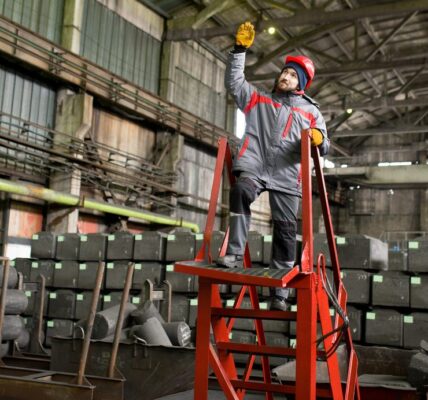Concrete production and placing process involves various phases like batching, mixing, transportation, pouring, compacting, curing etc. So it’s important to take special care of these steps in order to get good quality concrete.
To avoid cold joints it’s important to bull float the concrete shortly after screeding. This smoothes out marks left behind by the screeding tool.
1. Tremie Method
The tremie method involves placing concrete underwater with the help of a cylinder shaped pipe. This system finds major application in piling works, basements, diaphragm walls, caissons and underwater foundations. The tremie pipe is constructed of plastic tubes or rigid metal material with diameter ranging from 20-30 cm.
Concrete is carried through the water in this pipe in a bottom-dump bucket which opens on reaching the final place of deposition Decorative concrete curbing Chandler az. This process must be done carefully to prevent aggregate segregation and washing away of cement particles.
The tremie pipe should be kept full of concrete at all times to exclude concreting air and water. At regular intervals the tremie is lifted up with a slight jerk of a winch and pulley arrangement to discharge the concrete.
2. Bag Method
Concrete must be placed correctly to ensure a quality and durable finished product. This requires proper mixing, batching and placement of the concrete. It is also important to compact the concrete adequately. This can be done using a porcker vibrator or manually.
This method is suited for underwater concreting as it uses a reusable canvas bag which is filled with wet concrete, lowered to the work place (underwater) and then through opening at the bottom of the bag the concrete is discharged. This is suitable for small works or repair works.
It is important to bull float the concrete shortly after screeding to avoid segregation and non-uniform stiffening of the concrete. The use of a bull float will smooth the marks that are typically created during screeding.
3. Bucket Method
One of the oldest methods for concreting. It involves placing concrete by dumping it through the bottom dump bucket mechanism. This method works well for small work and repair jobs. It is best used when it is not necessary to pour concrete at a great height such as for walls and columns.
Generally this method is employed to plug good foundations and for caissons. This method is not as efficient as the tremie pipe method.
It is advisable to use old cement polypropylene bags having their open ends securely tied or sewn and then deposited underwater in alternate header and stretcher courses. This will enable a continuous concreting and a better bond with the foundation. This method also permits the use of slightly stiffer concrete than does tremie method.
4. Water Method
In this method the concrete is placed underwater by a bucket that is lowered and opened by divers. This bucket is watertight and is able to discharge the concrete directly against its final position. It also allows the use of a lower slump mix.
This method is used when the construction work is confined to restricted areas where it is not practical to use a tremie or bag method. It is especially useful when there are large quantities to be deposited in a small area.
The type and quality of the water used in the concrete affects the properties during mixing, placement, curing and strength development. It should be tested regularly to ensure that it meets environmental regulations. Water should not be used unless it has been adequately treated to eliminate impurities that will reduce the concrete’s performance.
5. Pumping Method
Pumping is often the best method for placing concrete in hard-to-reach areas. It’s the preferred method if truck dumping can’t be done or the site doesn’t allow for it.
It’s also a popular option for underwater placement and when there’s a need to place large slabs of concrete. Various types of pumps are available, including line pumps and boom pumps.
For successful concrete pumping, the pump hose must be free from any obstruction that could restrict its flow. Unskilled workers handling the hose can create kinks that prevent the concrete mixture from flowing during placement. Also, using a pump with an underpowered motor for the job at hand can cause blockage. If the concrete is pumped over long distances, vibration may occur, which increases bleeding and causes loss of entrained air.
How long does a typical concrete project take to complete?
A typical concrete project can vary in duration based on several factors such as the size of the project, weather conditions, and the complexity of the design. For a small-scale residential project like a simple patio or driveway, it can take anywhere from a few days to a week to complete. On the other hand, larger commercial projects such as building foundations or parking structures may require several weeks to months for completion.
The timeline also depends on various stages of the Concrete contractors in Beaumont TX project including site preparation, pouring and leveling concrete, curing time, and finishing work. Factors like reinforcement requirements and any additional decorative elements can also contribute to extended timelines.
Moreover, unforeseen issues like unexpected weather delays or material shortages can impact the overall timeframe. Therefore, it’s important for both contractors and clients to have clear communication about realistic timelines while considering potential obstacles that may arise during construction.


